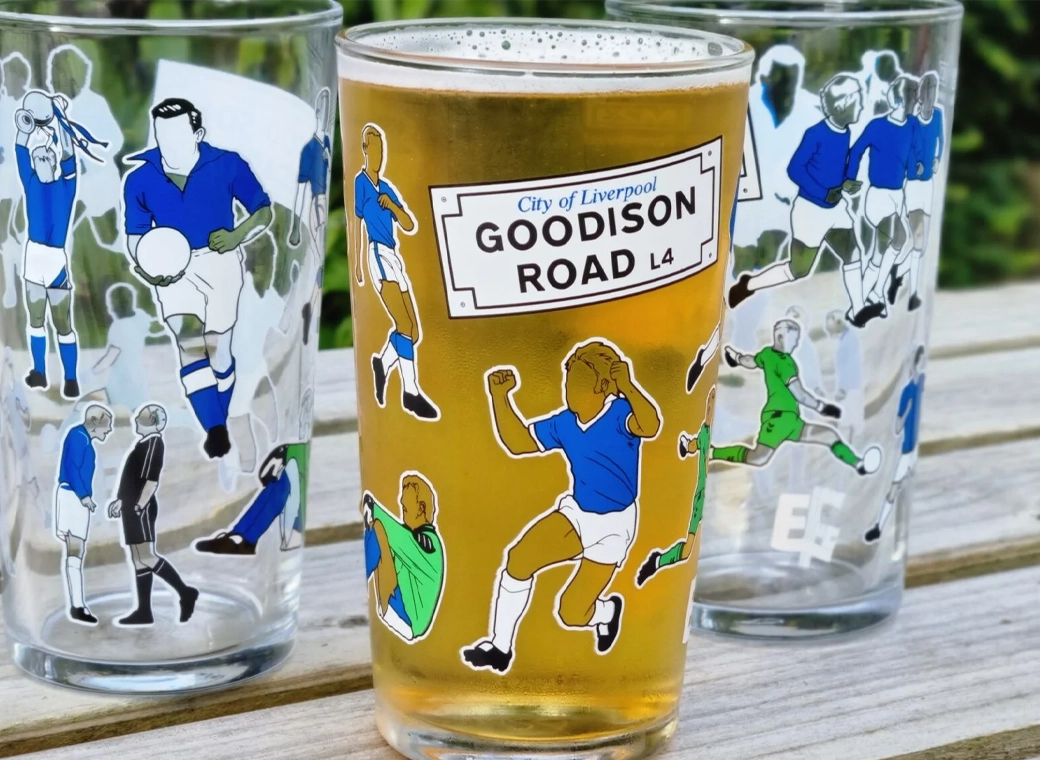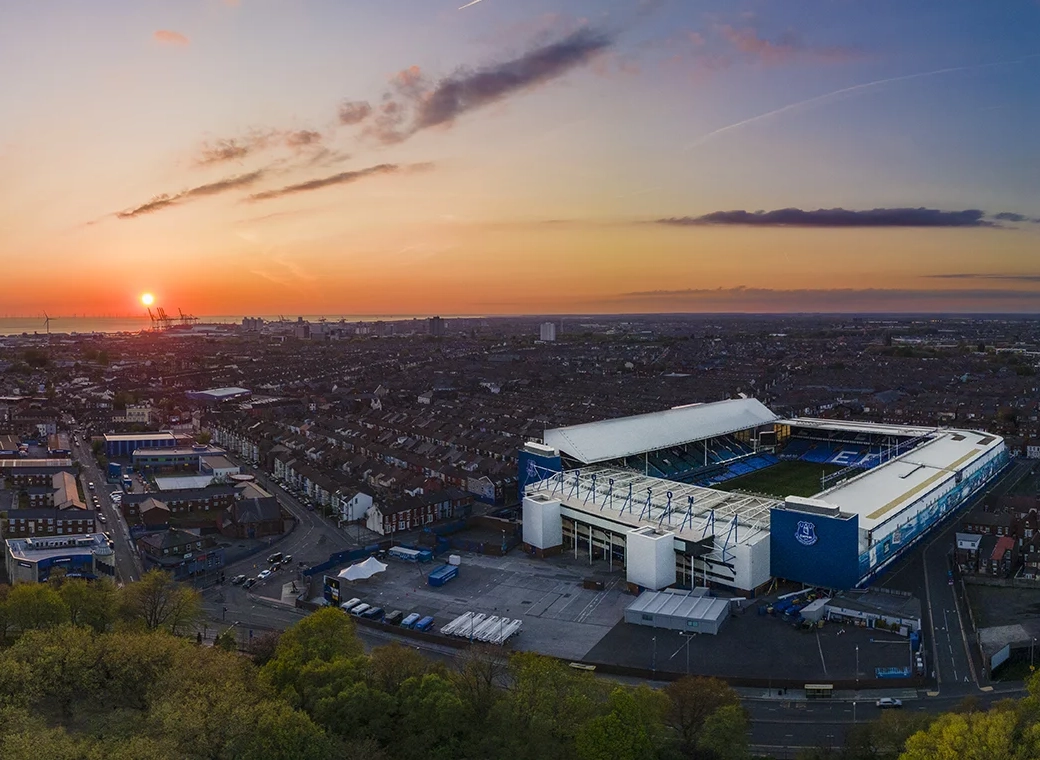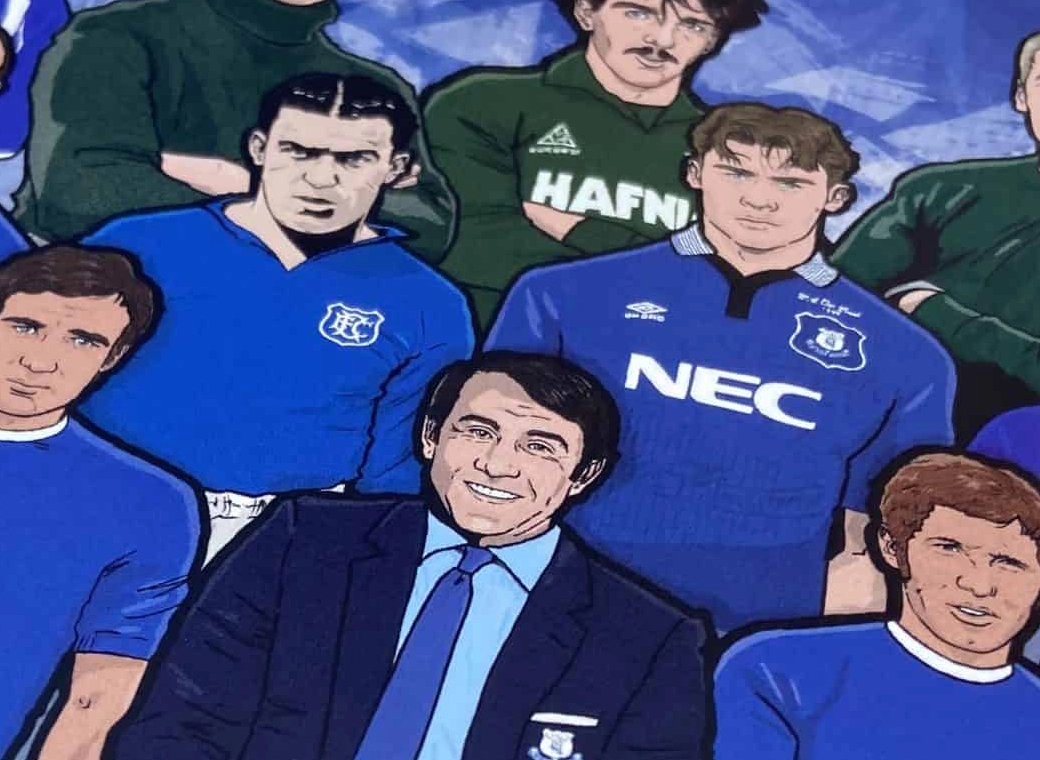http://www.telegraph.co.uk/sport/fo...-Juventus-minimal-reaction-prolongs-hurt.html
Looking back through some of the Heysel 30th Anniversary press, this article by Oliver Brown, Telegraph Chief Sports Writer stood out for me, especially the observations from a freelance journalist* and those of Mark Lawrenson which Id never read before. Extracts from it here....
.....Paul Fry*, 58, a Tottenham fan who had bought a ticket as a neutral in Section Z, did not detect any immediate harbingers of trouble. "I had been in the centre of town, around La Grand-Place, and there was a really lovely atmosphere," he recalls. "It was a beautiful sunny day, and there was a newly-married couple there, being serenaded by the Italian fans. But while they retired to a few little local restaurants, the Liverpool fans started to appear with shopping trolleys full of dog-eared bottles of cheap beer."
It was, Fry points out, a different era, when football away-days offered a far more open invitation to loutish rampages. But the convergence of exuberant Liverpool disciples upon the sedate heart of Brussels proved especially chaotic. "I came over on the ferry, and there were people streaming into Belgium unchallenged," he says. "Some of them even had tickets marked 'Brighton' and had crossed it out with 'Brussels'. I saw a lot of bad drunkenness. There was a jeweller whose shop windows had been stoved in by fans running wild. There was glass all over the cobbles of La Grand-Place. It was absolutely disgraceful. As the match approached, the mood had changed.
"The Liverpool players, arriving at Heysel in the heat of the afternoon for their warm-ups and pre-match routines, also noticed a recipe for unrest. Lawrenson's eye was caught, in particular, by the material deficiencies of Section Z. "There wasn't really any segregation," he says. "There was just a bit of chicken wire. It is staggering to me that a decision had been taken to sell a third of the tickets back to Juventus in the Liverpool end."Fry, taking his place in Section Z, quickly became aware of the ghastly consequences of that move. "The area was very sparsely populated, and that was one of the reasons why it all kicked off. While Juventus fans had all the space at the far end, Liverpool's were crammed into one pen. They were looking over the fence, and some of them had kicked the wall in to get in without tickets. There were far more people in that pen than there should have been. Then they saw the Italians in the corner, holding Juventus flags, and it all turned nasty.
"The full horror of this tipping point grew apparent when the restive Liverpool contingent breached the feeble line of separation, forcing a group of mostly Juventus supporters to flee through the terraces towards a concrete retaining wall. The ferocity of the surge, while not dissimilar to the stampedes that many English troublemakers abroad would use as a gesture of intimidation, created a terrible crush.
Roberto Lorentini, then 31, a doctor from Arezzo, Tuscany, died in those moments as he tried in vain to save the life of Andrea Casula, an 11-year-old boy. His friend Francesco Caremani, whose book Heysel: The Truth has this month been translated in to English, says: "He was fighting to rescue Andrea, the youngest victim. For this he posthumously received a silver medal for civic duty. He died like he lived.
"It was all one way, from Liverpool to Juventus," Fry says. "There was nothing coming back. I was right at the back of that pen, and bits of rock were breaking off because the fans were just kicking the terraces apart. The first time I understood that something awful was unfolding was when somebody got some railings and carted a body off, covered in a big flag. Then an arm fell out from underneath."
The wall had caved in under the weight of the seething human tumult. But it is a long-perpetuated fallacy that this collapse was the primary cause of 39 deaths. Most had perished through lack of oxygen in the desperate jam of bodies, and the wall's disintegration acted instead as the release of a pressure valve. It was at this juncture that the magnitude of the crisis was made manifest. The infernal scenes that assailed Brussels' underprepared emergency services belonged more to the aftermath of a medieval battle than to a sporting occasion on the outskirts of one of Europe's quieter capitals....
Liverpool, having failed to defend their European Cup title, peeled off into the darkness with Italian chants of "Murderers!" at their backs. Lawrenson, though, was already at Brussels' Saint-Luc University Hospital, undergoing an operation after suffering a dislocated shoulder within only the third minute of play. The difficulty was that the hospital was also full of hysterical Juventus fans seeking news of friends or relatives, and demanding the blood of the perceived English perpetrators.
"There were 24 beds in the ward, and there was a bloke in army uniform at the end of my bed," Lawrenson says. "He was carrying a machine-gun and spoke very little English. I recall waking up from the anaesthetic and telling the nurse that I could remember everything. The next morning, after I had seen the specialist, Roy Evans brought me a tracksuit and he had to reverse it so that there was no Liverpool badge on display. Then, he had to take me out of the hospital in a service lift."
For Lawrenson, likewise, the first instinct was to hide away. "As players, for whatever reason, we all felt guilty," he says. "At the airport the next day, we got spat upon. Even the bus that took us there was surrounded by very irate Juventus fans. We all just wanted to get out of the country." From his account, it appears that the received wisdom that Heysel is a disaster lost to the mists of time, overlooked due to the passing of history, is misleading. Indeed, the rush to forget in 1985 was as instantaneous as it was unseemly. Lawrenson discloses: "Within a few days of getting back, I went to a service at the Catholic Cathedral in Liverpool – and it didn’t get a mention."
Looking back through some of the Heysel 30th Anniversary press, this article by Oliver Brown, Telegraph Chief Sports Writer stood out for me, especially the observations from a freelance journalist* and those of Mark Lawrenson which Id never read before. Extracts from it here....
.....Paul Fry*, 58, a Tottenham fan who had bought a ticket as a neutral in Section Z, did not detect any immediate harbingers of trouble. "I had been in the centre of town, around La Grand-Place, and there was a really lovely atmosphere," he recalls. "It was a beautiful sunny day, and there was a newly-married couple there, being serenaded by the Italian fans. But while they retired to a few little local restaurants, the Liverpool fans started to appear with shopping trolleys full of dog-eared bottles of cheap beer."
It was, Fry points out, a different era, when football away-days offered a far more open invitation to loutish rampages. But the convergence of exuberant Liverpool disciples upon the sedate heart of Brussels proved especially chaotic. "I came over on the ferry, and there were people streaming into Belgium unchallenged," he says. "Some of them even had tickets marked 'Brighton' and had crossed it out with 'Brussels'. I saw a lot of bad drunkenness. There was a jeweller whose shop windows had been stoved in by fans running wild. There was glass all over the cobbles of La Grand-Place. It was absolutely disgraceful. As the match approached, the mood had changed.
"The Liverpool players, arriving at Heysel in the heat of the afternoon for their warm-ups and pre-match routines, also noticed a recipe for unrest. Lawrenson's eye was caught, in particular, by the material deficiencies of Section Z. "There wasn't really any segregation," he says. "There was just a bit of chicken wire. It is staggering to me that a decision had been taken to sell a third of the tickets back to Juventus in the Liverpool end."Fry, taking his place in Section Z, quickly became aware of the ghastly consequences of that move. "The area was very sparsely populated, and that was one of the reasons why it all kicked off. While Juventus fans had all the space at the far end, Liverpool's were crammed into one pen. They were looking over the fence, and some of them had kicked the wall in to get in without tickets. There were far more people in that pen than there should have been. Then they saw the Italians in the corner, holding Juventus flags, and it all turned nasty.
"The full horror of this tipping point grew apparent when the restive Liverpool contingent breached the feeble line of separation, forcing a group of mostly Juventus supporters to flee through the terraces towards a concrete retaining wall. The ferocity of the surge, while not dissimilar to the stampedes that many English troublemakers abroad would use as a gesture of intimidation, created a terrible crush.
Roberto Lorentini, then 31, a doctor from Arezzo, Tuscany, died in those moments as he tried in vain to save the life of Andrea Casula, an 11-year-old boy. His friend Francesco Caremani, whose book Heysel: The Truth has this month been translated in to English, says: "He was fighting to rescue Andrea, the youngest victim. For this he posthumously received a silver medal for civic duty. He died like he lived.
"It was all one way, from Liverpool to Juventus," Fry says. "There was nothing coming back. I was right at the back of that pen, and bits of rock were breaking off because the fans were just kicking the terraces apart. The first time I understood that something awful was unfolding was when somebody got some railings and carted a body off, covered in a big flag. Then an arm fell out from underneath."
The wall had caved in under the weight of the seething human tumult. But it is a long-perpetuated fallacy that this collapse was the primary cause of 39 deaths. Most had perished through lack of oxygen in the desperate jam of bodies, and the wall's disintegration acted instead as the release of a pressure valve. It was at this juncture that the magnitude of the crisis was made manifest. The infernal scenes that assailed Brussels' underprepared emergency services belonged more to the aftermath of a medieval battle than to a sporting occasion on the outskirts of one of Europe's quieter capitals....
Liverpool, having failed to defend their European Cup title, peeled off into the darkness with Italian chants of "Murderers!" at their backs. Lawrenson, though, was already at Brussels' Saint-Luc University Hospital, undergoing an operation after suffering a dislocated shoulder within only the third minute of play. The difficulty was that the hospital was also full of hysterical Juventus fans seeking news of friends or relatives, and demanding the blood of the perceived English perpetrators.
"There were 24 beds in the ward, and there was a bloke in army uniform at the end of my bed," Lawrenson says. "He was carrying a machine-gun and spoke very little English. I recall waking up from the anaesthetic and telling the nurse that I could remember everything. The next morning, after I had seen the specialist, Roy Evans brought me a tracksuit and he had to reverse it so that there was no Liverpool badge on display. Then, he had to take me out of the hospital in a service lift."
For Lawrenson, likewise, the first instinct was to hide away. "As players, for whatever reason, we all felt guilty," he says. "At the airport the next day, we got spat upon. Even the bus that took us there was surrounded by very irate Juventus fans. We all just wanted to get out of the country." From his account, it appears that the received wisdom that Heysel is a disaster lost to the mists of time, overlooked due to the passing of history, is misleading. Indeed, the rush to forget in 1985 was as instantaneous as it was unseemly. Lawrenson discloses: "Within a few days of getting back, I went to a service at the Catholic Cathedral in Liverpool – and it didn’t get a mention."











